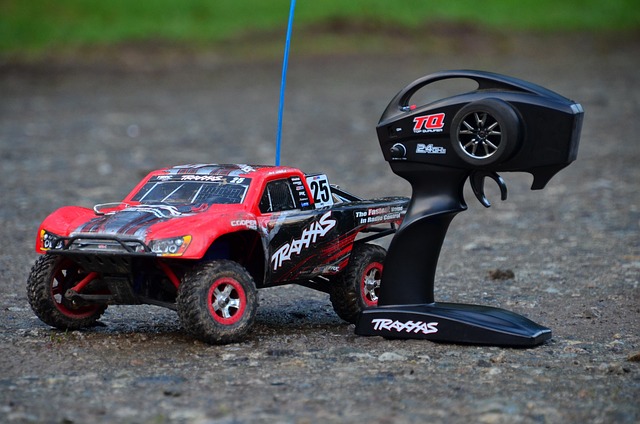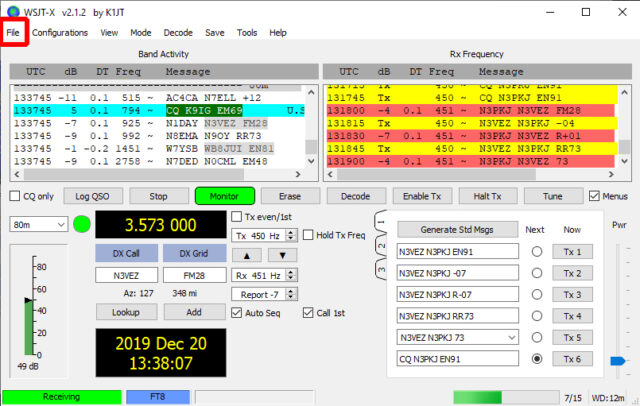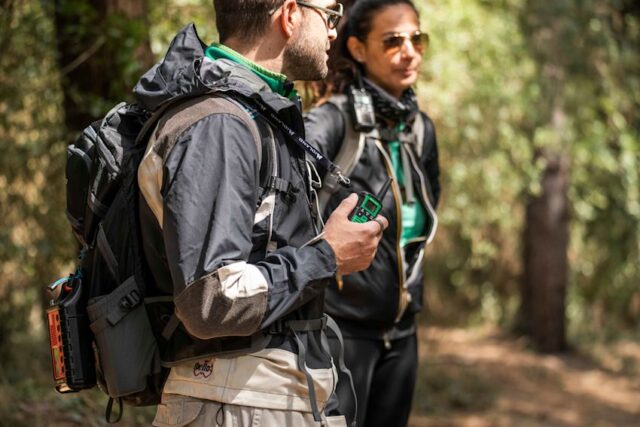The Yagi antenna, also known as the Yagi-Uda, has been a cornerstone of radio communications since the 1920s. Simple in construction but powerful in performance, it’s a favorite among ham radio operators, TV enthusiasts, satellite communicators, and RF engineers alike.
This article dives deep into how Yagi antennas work, how to build and optimize one, and how they perform in real-world settings. Whether you’re just starting out or have years of radio experience, you’ll find useful insights here.
What exactly is a Yagi antenna?
A Yagi antenna is a directional antenna made up of several metal rods aligned in parallel. Each rod plays a specific role:
- Driven element: The only active part, connected directly to the radio.
- Reflector: Positioned behind the driven element, pushing signal energy forward.
- Directors: In front of the driven element, these shape and narrow the signal beam.
This setup focuses RF energy in a particular direction, increasing gain and reducing noise from other angles.
A quick look back: the origins of the Yagi
The Yagi-Uda antenna was first developed in Japan in 1926 by Shintaro Uda and popularized internationally by his colleague Hidetsugu Yagi. Though initially under the radar, the design gained widespread use during WWII and has been a communications mainstay ever since.
Breaking down the elements
The driven element
This is usually a half-wave dipole. It’s where the action happens, connecting directly to your feedline.
The reflector
Slightly longer than the driven element, the reflector helps bounce signal forward and enhance directionality.
The directors
Slightly shorter and placed in front, these focus the signal. Adding more directors generally increases gain—but only up to a point.
Performance metrics that matter
Here’s what defines a Yagi antenna’s performance:
- Gain: More directors = more focused signal = higher gain.
- Front-to-back ratio: How much signal is rejected from behind.
- Beamwidth: The angle of the signal’s main lobe.
- SWR (Standing Wave Ratio): Tells you how well your antenna matches the feedline—lower is better.
What affects real-world performance?
Frequency
Yagi antennas must be sized for specific frequencies. Higher frequencies mean shorter elements.
Materials
Aluminum is most common—it’s light and weather-resistant. Stainless steel is sturdier but heavier and costlier.
Installation height
The higher, the better—especially for VHF/UHF. Elevation reduces obstructions and improves line-of-sight paths.
Alignment
Pointing matters. A small misalignment can lead to big signal losses. Many hams use rotators for precise aiming.
Common configurations
- 2-element Yagi: A driven element and a reflector. Simple, modest gain.
- 3-element Yagi: Adds a director for better performance.
- Multi-element Yagi: More directors for serious gain and sharp focus.
Where Yagis shine
Ham radio
Yagis are favorites on HF, VHF, and UHF bands for DXing, contests, and satellites.
TV reception
Great for rural areas with weak signals. Directional focus improves clarity.
Satellite comms
With circular polarization and tracking rotators, Yagis are perfect for working LEO satellites.
Wireless networking
They’ve been used to extend Wi-Fi ranges over kilometers in point-to-point setups.
Building your own: a DIY overview
- Pick your band: Choose your frequency and calculate the wavelength.
- Design it: Use tools like MMANA-GAL or EZNEC.
- Gather materials: Metal rods, PVC or aluminum boom, coax, connectors.
- Assemble: Start with the driven element, then place reflector and directors.
- Test and tune: Use an SWR meter or analyzer to fine-tune performance.
Keep your Yagi in top shape
Common issues
- Corrosion: Protect joints and connectors.
- Element misalignment: Check spacing and lengths.
- Loose fittings: Use lock washers and check regularly.
- Feedline wear: Quality coax and waterproofing are key.
Legal stuff to consider
Depending on your location, you may need permits or face HOA restrictions. Always check local rules and ensure proper licensing.
Using Yagis in modern systems
- With SDRs: Combine beam focus with spectrum visualization.
- In repeaters: For long-haul links and clean frequency reuse.
- With rotators: Auto-track satellites or moonbounce targets.
Don’t forget safety
- Grounding: Use lightning protection.
- Wind loading: Make sure your mounting hardware can handle the load.
- RF exposure: Calculate safe distances, especially for high power.
When Yagis aren’t ideal
- Log-periodic: Better frequency coverage.
- Verticals: Omnidirectional simplicity.
- Loops: Low noise reception.
- Quads: Higher gain in some cases, but bulkier.
Band-specific builds
2m (144 MHz)
Compact, easy to build. Great for local use.
70cm (430 MHz)
Smaller still—ideal for satellite work.
HF (14–30 MHz)
Large and complex, but amazing for DX.
6m (50 MHz)
Sometimes acts like HF, sometimes like VHF—great for experiments.
Beginner tips
- Start small—try a 2-element for 2m.
- Use simple, available materials.
- Practice makes perfect—test outdoors.
- Join clubs—experience and gear-sharing go a long way.
Case studies from the field
DXpedition
A team on a remote island worked 100+ countries with a 5-element Yagi. Excellent front-to-back ratio helped cut local noise.
Urban rooftop
A 3-element 2m Yagi outperformed a vertical by far in a crowded cityscape. Directional gain made all the difference.
Emergency network
A regional network used Yagis for VHF point-to-point comms across rugged terrain. Low power + high gain = reliable links.
Troubleshooting checklist
- High SWR? Check feedline and match.
- Weak signals? Inspect alignment and element integrity.
- Noisy RX? Evaluate grounding and surroundings.
Useful tools and resources
- MMANA-GAL, EZNEC, 4NEC2: Modeling software.
- ARRL Antenna Book: The ultimate reference.
- Online forums: QRZ.com, Reddit’s r/amateurradio.
The future of Yagis
Yagis are being modernized:
- 3D-printed parts
- Remote-controlled rotors
- Software integration
- Modular builds
Even after nearly a century, the Yagi antenna remains indispensable. Whether you’re building one or buying one, understanding its behavior and proper setup can dramatically enhance your radio experience. With the right planning and a bit of experimentation, a Yagi can open the door to reliable, long-distance, and interference-resistant communication.
Image(s) used in this article are either AI-generated or sourced from royalty-free platforms like Pixabay or Pexels.
Did you enjoy this article? Buy me a coffee!






